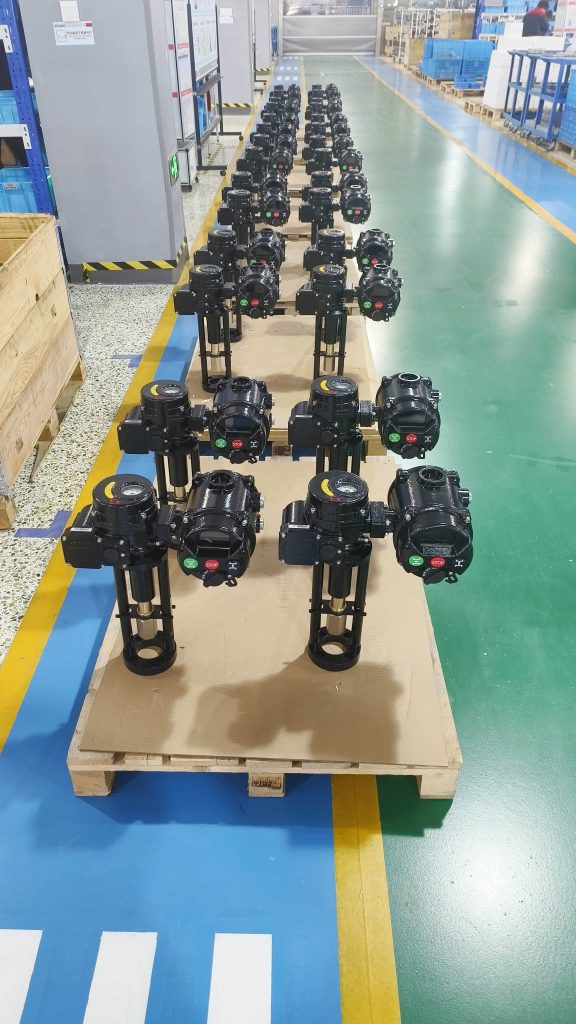In the rapidly evolving world of automation and robotics, intelligent integrated actuators are emerging as a pivotal technology, transforming how systems operate across various industries. These advanced devices combine traditional actuation mechanisms with smart sensors and control algorithms, enabling them to perform complex tasks with increased efficiency, precision, and adaptability. This article explores the features, benefits, and applications of intelligent integrated actuators, highlighting their significance in the future of automation.
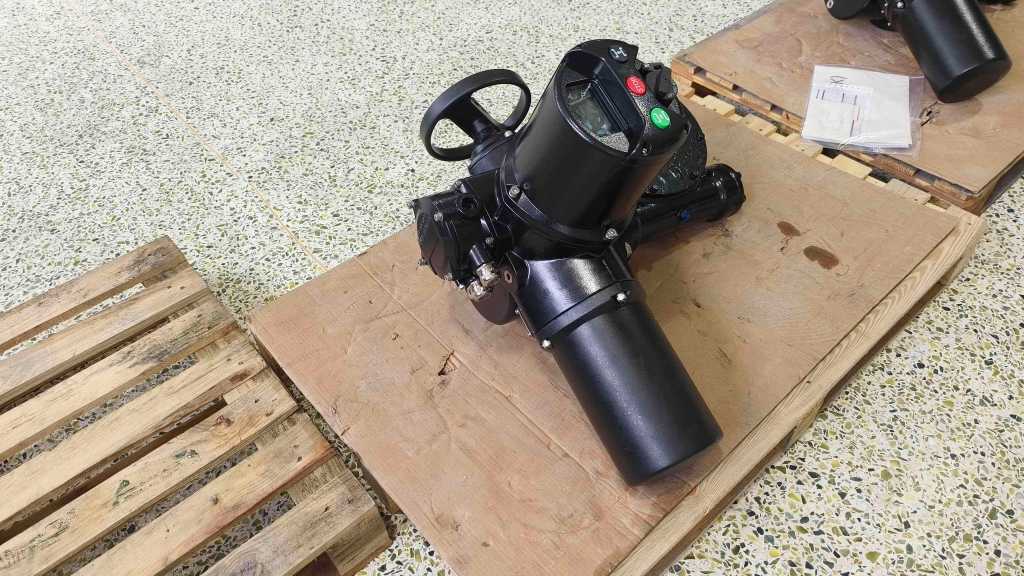
Understanding Intelligent Integrated Actuators
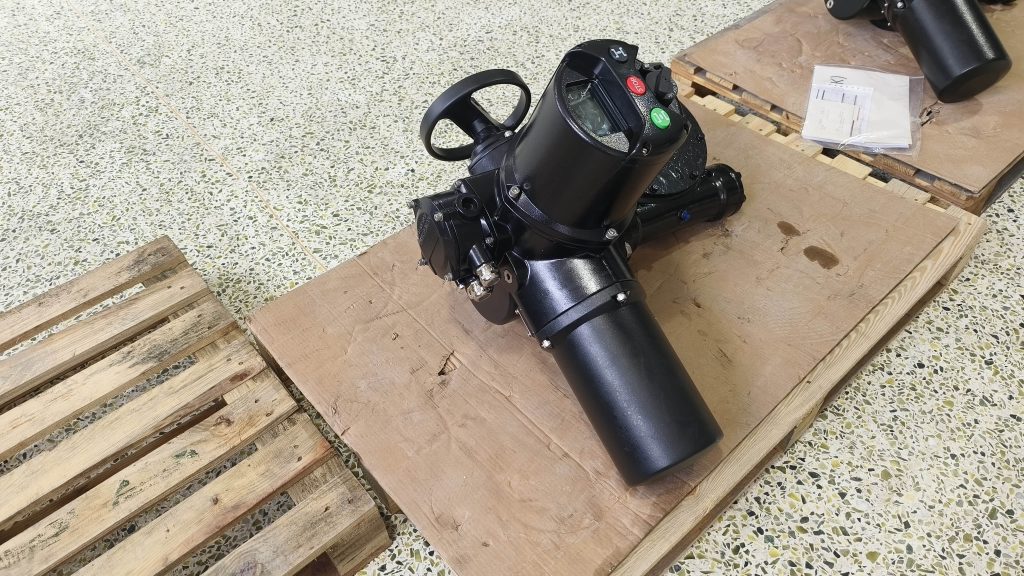
At its core, an intelligent integrated actuator is a device that converts electrical energy into mechanical motion, equipped with advanced sensors and processors that enhance its functionality. Unlike conventional actuators, which primarily perform basic movements, intelligent actuators can adapt their behavior based on real-time data, making them more versatile and efficient.
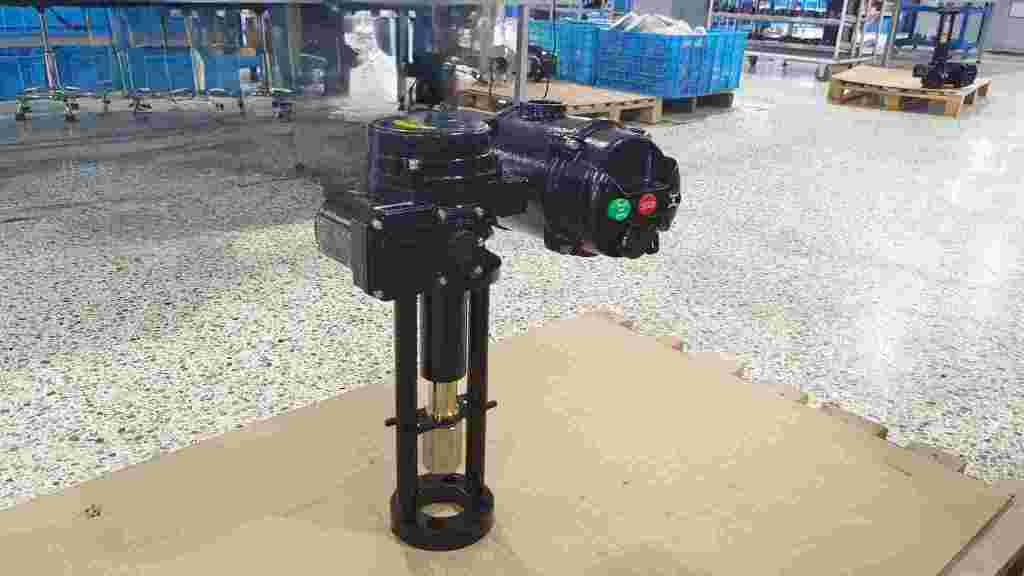
These actuators typically integrate components such as electric motors, sensors (for position, velocity, and force), and control systems into a single unit. This compact design not only saves space but also reduces the complexity associated with wiring and connections, leading to more streamlined systems.
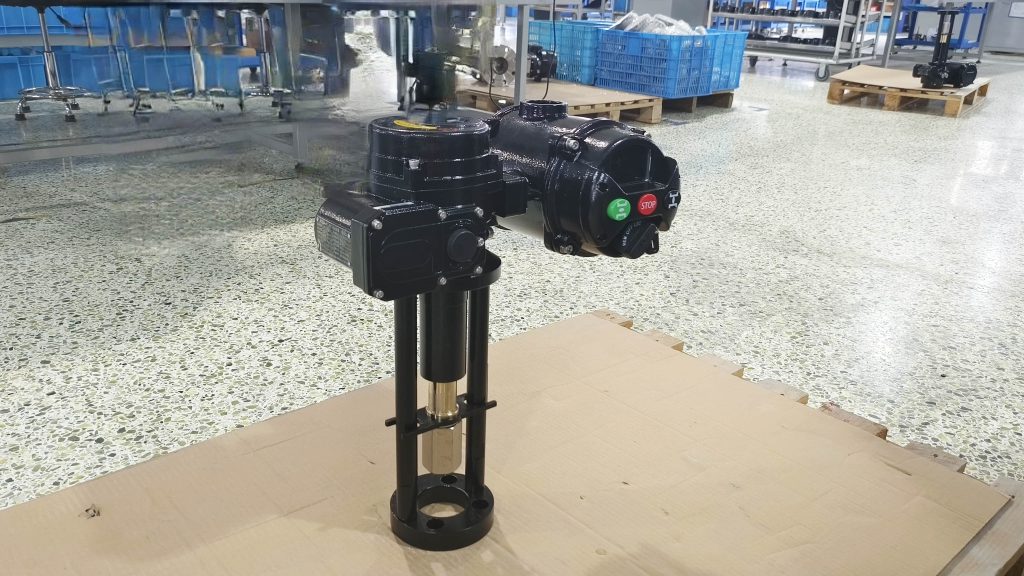
Key Features
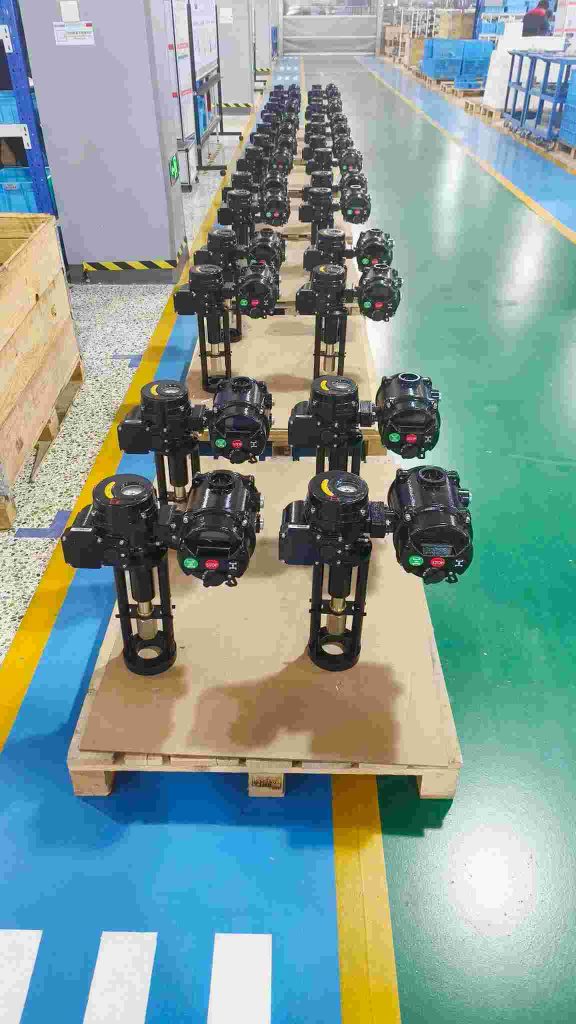
Self-Adaptability: Intelligent integrated actuators can adjust their performance based on changing environmental conditions or operational demands. This adaptability is crucial in applications where conditions can vary significantly, such as in robotics or manufacturing. Real-Time Feedback: With built-in sensors, these actuators can provide real-time feedback on their performance. This data allows for immediate adjustments, improving the accuracy and reliability of the system. Energy Efficiency: By optimizing performance based on real-time data, intelligent actuators can reduce energy consumption compared to traditional systems. This is particularly important in industries focused on sustainability and reducing operational costs.
